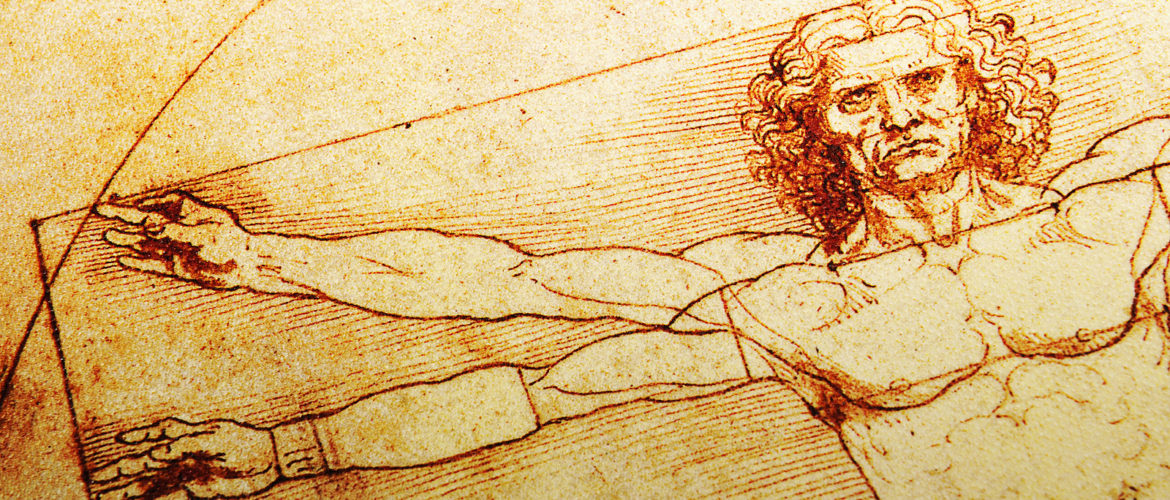Which Is Characteristic of Renaissance Art? A Collector’s Guide

Many paintings are marketed as genuine representations of the Renaissance era, but it’s not always so. While the Renaissance is the historical period spanning roughly from the 14th to the 17th century, it is understood pretty narrowly in artwork. So, which is characteristic of Renaissance art? Here are a couple of distinctive features that will help you recognize typical representatives of the Renaissance among the abundance of artwork in the market.
Which Is Characteristic of Renaissance Art? Top 5 Features
Art experts distinguish the following features in the majority of classical Renaissance artworks.
Classical and Ancient Influences
Renaissance artists were obsessed with the exploration of classical themes of humanism and proportion, so you can easily trace them in Renaissance art. Besides, many artists of those times included ancient Greek and Roman art elements in their works.
Realism
Renaissance art is distinguished by a strong emphasis on naturalistic and accurate human depictions. Many Renaissance geniuses studied human anatomy and the proportions of the human body closely to create realistic images through painting and sculpture.
Introduction of Perspective
Renaissance was marked by innovative developments in the linear perspective, which allowed for a more nuanced depiction of three-dimensional objects. Artists of those times mastered the art of depicting vanishing points and horizon lines. They also actively employed chiaroscuro, a creative combination of light and shadow, to reflect the natural depth and volume of human faces and bodies.
Humanism and Individualism
Renaissance art was focused on the individual, as that historical era was strongly marked by an interest in humanism in science and art. Artists actively explored the potential and value of humans and were fascinated with the depictions of human emotions and realistic settings in Renaissance paintings. Besides, even religious paintings were performed from a humanistic lens, with human-centered depictions of religious figures, saints, and angels.
Innovation
The Renaissance era was marked by many innovative techniques and materials developed by forward-looking artists and advanced by scientific discoveries. This way, you may observe finer details and rich, bright colors in Renaissance paintings due to the expanding usage of oil paints in that period.
Now, you probably have a clear answer to the question, “Which is characteristic of Renaissance art?” and will have no problem identifying the Renaissance artwork. Use this guide to select the best items for your Renaissance collection and make it consistent with the best traditions of those times.
